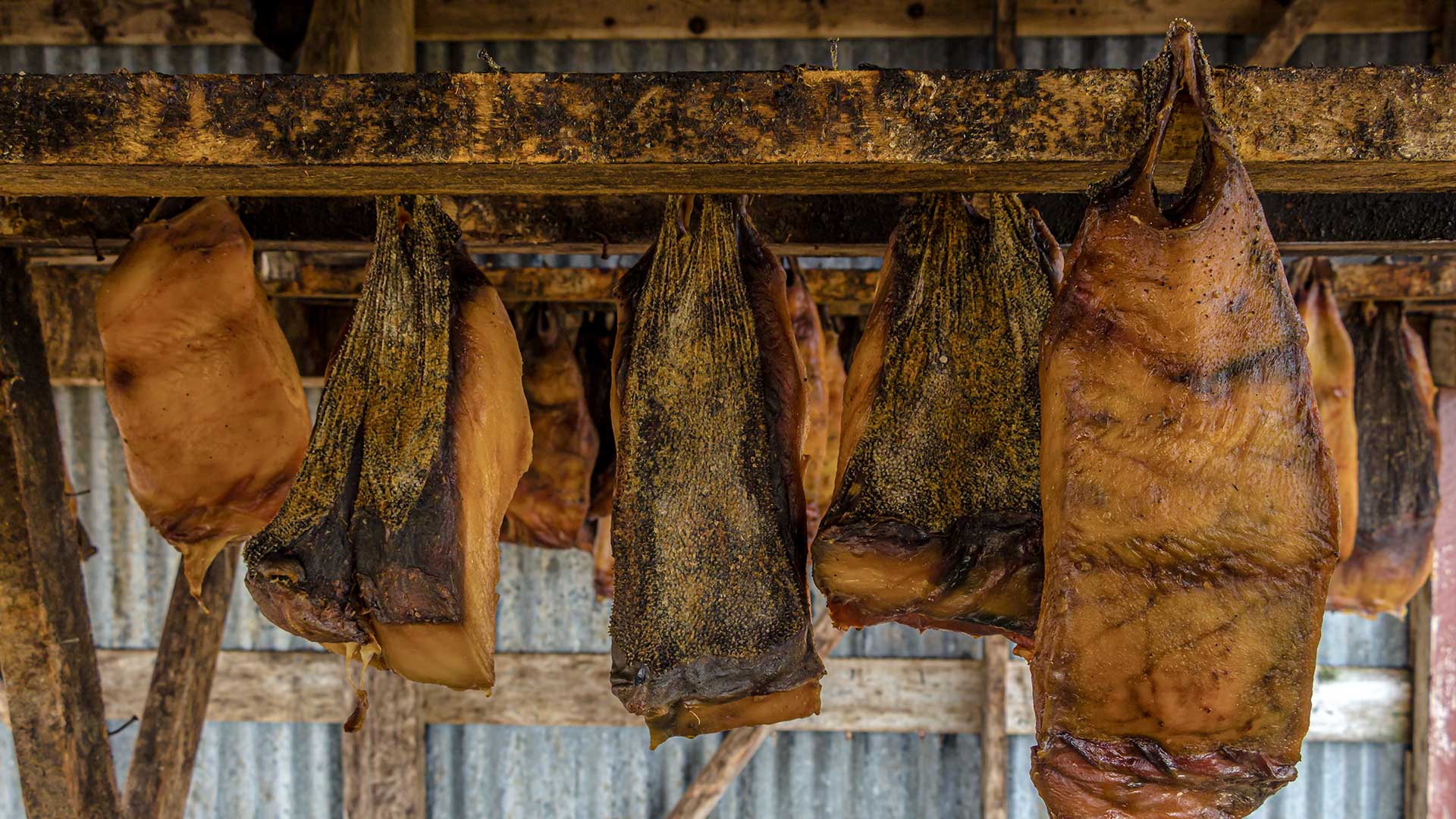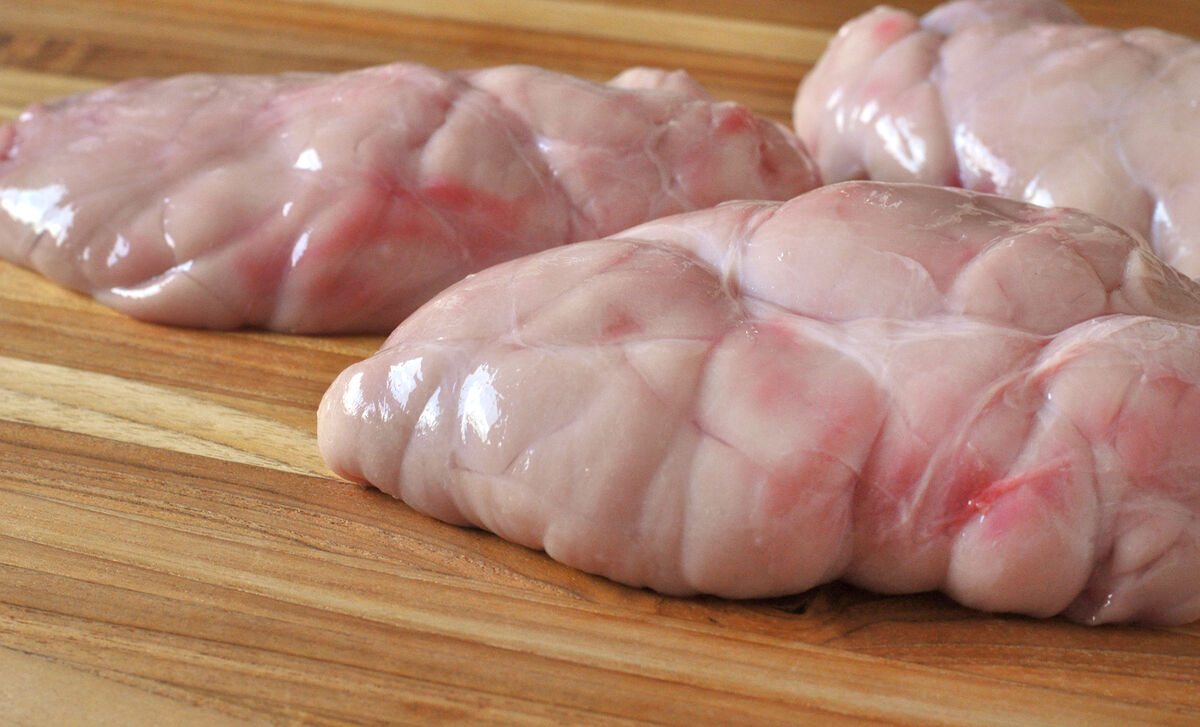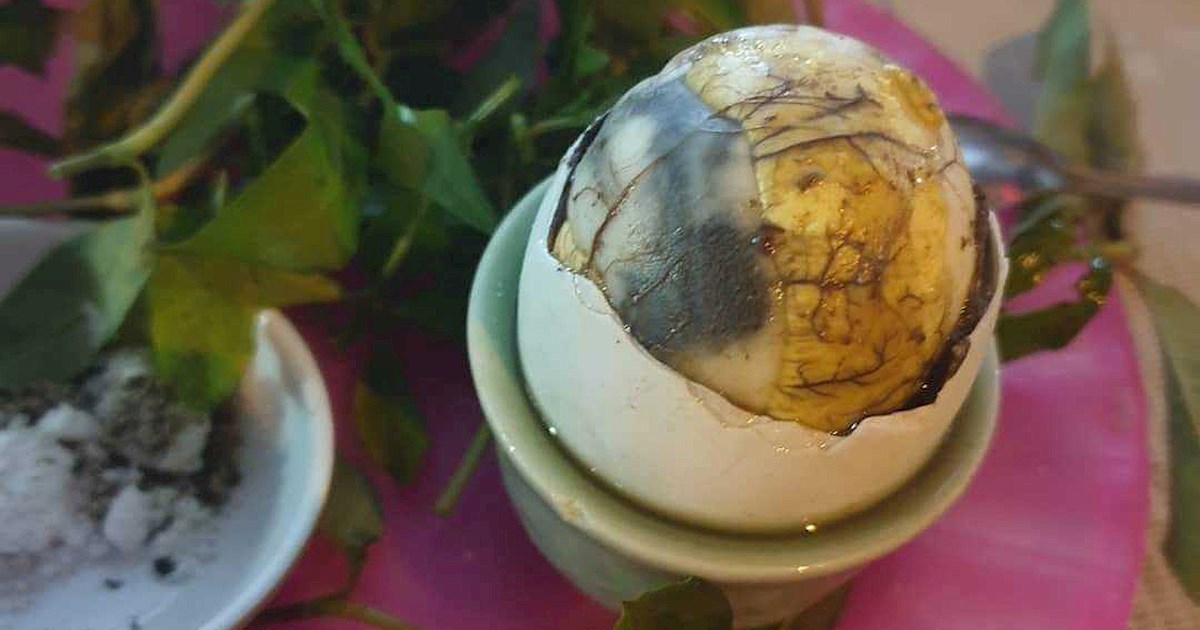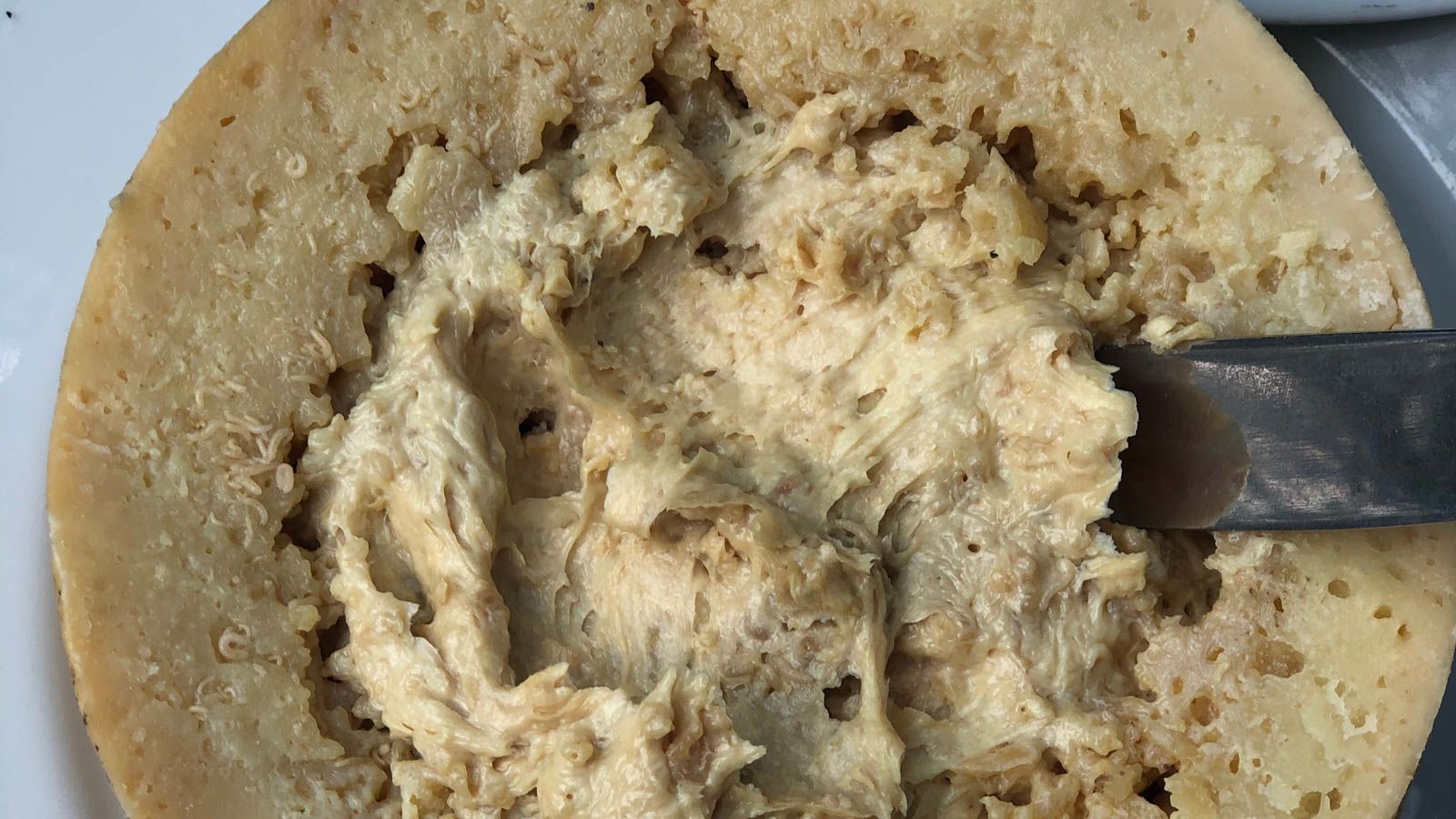
Food, the essence of life, brings joy, sustenance, and sometimes even surprise. From succulent fruits to tantalizing desserts, the culinary world offers an endless array of flavors and textures. However, lurking beneath this delectable façade are some truly gross and unsettling food facts that may leave you both fascinated and repulsed. In this article, we delve into 19 shocking revelations about the darker side of cuisine. Brace yourself for an eye-opening journey through the world of gross food!
The Secret Ingredient: Castoreum
Did you know that a not-so-secret ingredient may be lurking in your favorite vanilla-flavored treats? Castoreum, a secretion harvested from the castor sacs of beavers, is sometimes used as a natural flavoring agent. While it’s generally recognized as safe by regulatory bodies, the thought of consuming beaver secretion might make you think twice before indulging in that vanilla ice cream.
The Hidden Cochineal Extract
Ever wondered what gives red food products their vibrant hue? It turns out that cochineal extract, a coloring derived from crushed female cochineal insects, is frequently used as a natural dye. This common food additive may be found in items like candies, yogurts, and even cosmetics. So, the next time you enjoy a crimson treat, you might be unknowingly savoring some crushed bugs.
Aged Cheese and Maggots
Cheese enthusiasts may relish the flavors of aged varieties, but certain cheeses take the notion of “ripening” to a whole new level. Take Casu marzu, a traditional Sardinian cheese teeming with live maggots. Yes, you read that right! The cheese is intentionally left open for flies to lay eggs, and once the larvae hatch, they devour the cheese, breaking down its fats. It’s definitely not for the faint of heart.
The Art of Fermentation: Hákarl
Icelandic cuisine boasts many unique delicacies, but one that stands out in the realm of grossness is hákarl. This traditional dish consists of fermented shark meat, specifically the Greenland shark. The meat is hung and left to ferment for several months, resulting in a putrid odor that has been compared to ammonia mixed with rotten cheese. Dare to take a bite?

Surströmming: The Infamous Fermented Fish
Sweden has its own share of unappetizing cuisine in the form of surströmming. This fermented Baltic herring is known for its overpowering smell, which is often described as a mix of rotten eggs, vinegar, and decomposing fish. Opening a can of surströmming is a challenge in itself, as the build-up of gases causes the contents to explode if not handled carefully. Proceed with caution!
The Bizarre Century Egg
Found in Chinese cuisine, the century egg, also known as the preserved egg or thousand-year-old egg, may sound like something from a fantasy tale. However, the reality is equally strange. This egg is preserved for several weeks or months, often using a mixture of clay, ash, salt, quicklime, and rice straw. The result? A translucent, jelly-like egg with an ammonia-like smell that might not be everyone’s cup of tea.
Fruit Bat Soup
In certain regions of Asia and the Pacific Islands, fruit bat soup is considered a delicacy. These bats, often referred to as “flying foxes,” are boiled with spices and served as a soup. While some might find it adventurous to try, others may cringe at the thought of savoring a winged creature known for its nocturnal habits.
Sweetbread: Not as Sweet as It Sounds
If you’re a fan of offal, you may have come across the term “sweetbread” on a menu. But don’t be fooled by the name—sweetbread is neither sweet nor bread. In reality, it refers to the thymus or pancreas glands of animals, usually calves or lambs. These glands have a rich, creamy texture when cooked, but the thought of indulging in glands may not be everyone’s idea of a delicious meal.

The Controversial Foie Gras
Foie gras, a luxury food item enjoyed by many, is derived from the livers of ducks or geese that have been force-fed to enhance fat production. While its rich and buttery flavor delights palates around the world, the force-feeding process has faced criticism from animal welfare advocates. The ethics surrounding foie gras production make it a contentious and gross food fact for some.
Sannakji: Live Octopus
In Korean cuisine, sannakji offers an unforgettable experience for the adventurous eaters among us. This dish involves consuming live octopus, which is cut into small pieces and served immediately. The tentacles are known to writhe and squirm, even when submerged in soy sauce, making it a visually and conceptually challenging delicacy.
Kopi Luwak: The Poop Coffee
For coffee connoisseurs seeking an extraordinary experience, Kopi Luwak might pique their interest. This unique coffee is made from beans that have been eaten, digested, and excreted by the Asian palm civet, a small mammal. The beans are collected from the civet’s feces, thoroughly cleaned, and roasted. Despite its unconventional production method, Kopi Luwak is considered a delicacy in some circles.
Balut: A Surprise in Every Bite
In the Philippines and other Southeast Asian countries, balut is a popular street food that demands both bravery and an adventurous palate. Balut is a fertilized duck egg that is boiled and eaten in the shell. The egg contains a partially developed embryo, complete with bones, feathers, and a beak. Sipping the savory broth and nibbling on the duckling may be an acquired taste for most.

Casu Marzu: The Maggot Cheese
Continuing our exploration of maggot-infested cheeses, we return to Sardinia, Italy, where Casu marzu reigns supreme. As mentioned earlier, this sheep’s milk cheese is deliberately infested with live maggots. While the cheese itself is deemed safe for consumption, the maggots add an additional level of, let’s say, “crunchiness.” Some enthusiasts prefer to eat the cheese while the larvae are still wriggling, adding a thrilling element to their dining experience.
Escamoles: Ant Larvae Delicacy
Ant larvae might not be the first thing that comes to mind when thinking about haute cuisine, but in Mexico, they are highly regarded. Escamoles, also known as “insect caviar,” are the edible larvae of ants. Harvested from the roots of agave plants, they are often sautéed with butter or served in tacos. The taste is described as creamy, with a slight nuttiness. It’s an unusual and adventurous choice for brave food enthusiasts.
Hakarl: Rotten Shark Meat
Hákarl, the fermented shark mentioned earlier, takes another spot on our list, this time highlighting its sheer revolting nature. The process of fermenting Greenland shark meat involves burying it in the ground and leaving it to decompose for months. The resulting ammonia smell is overpowering, and the taste has been compared to chewing on a urinal cake. It’s definitely an acquired taste and not for the faint-hearted.
Maggoty Casu Marzu: An Italian Delicacy
If the regular Casu marzu didn’t push your boundaries enough, be prepared for an even grosser variant. In certain regions of Italy, it is customary to consume Casu marzu with the live maggots still present. As you bite into the cheese, the larvae wriggle and jump, adding a peculiar texture and an extra dose of revulsion. Only the bravest souls dare to sample this intriguingly repugnant delight.

Blood Pudding: A Gory Delight
Blood pudding, known by various names around the world, is a dish that has stood the test of time. This sausage-like delicacy is typically made by combining animal blood with fillers such as oats, onions, and spices. Although its taste can be savory and satisfying, the idea of consuming congealed blood may be off-putting to some.
The Enigmatic Fugu Fish
Fugu, or pufferfish, holds a peculiar status in Japanese cuisine. It is both highly sought-after and potentially deadly. The liver, ovaries, and certain other organs of the fugu fish contain tetrodotoxin, a potent neurotoxin. Skilled chefs undergo years of training to ensure the safe preparation of fugu dishes, which are considered a delicacy. However, the risk associated with consuming fugu adds an element of danger to the dining experience.
Snail Caviar: A Slimy Delicacy
As if caviar alone wasn’t enough to entice the taste buds of the culinary elite, there exists another delicacy known as snail caviar. These tiny, translucent pearls are the eggs of certain land snails. With a delicate and buttery taste, they are often used as a gourmet garnish. The texture and visual appearance, however, may take some getting used to for those unaccustomed to the slimy world of snails.
Conclusion
The world of gastronomy is filled with surprises, and not all of them are pleasant. From beaver secretions to maggot-infested cheeses, the gross food facts we’ve explored in this article highlight the diverse and often unsettling aspects of cuisine. While some may cringe at the thought of consuming such foods, others may find them intriguing and even appetizing. After all, taste preferences vary greatly from person to person, and what may seem disgusting to one can be considered a delicacy by another.
Frequently Asked Questions (FAQs)
Are these gross food facts commonly known?
While some of these gross food facts may be familiar to culinary enthusiasts, others might be less widely known. The world of gastronomy is vast, and there are numerous surprising and repulsive food practices that are known only to a select few.
Are any of these gross food facts illegal?
In most cases, these gross food facts are legal within the cultural contexts where they originate. However, regulations and laws regarding food safety and hygiene vary from country to country. It’s essential to ensure that these foods are prepared and consumed in accordance with local regulations and guidelines.
Are there any health risks associated with consuming these foods?
Some of these foods may carry health risks if not prepared or consumed properly. For instance, improperly prepared fugu fish can be highly toxic. It is crucial to trust experienced and licensed chefs when indulging in potentially dangerous delicacies.
Are there any alternative options for those who prefer less gross foods?
Absolutely! The world of cuisine is incredibly diverse, offering an abundance of delicious and less unconventional options. From fresh fruits and vegetables to succulent meats and decadent desserts, there is something for every palate. Exploring the local dishes and traditional cuisines of various regions can provide a more mainstream and less gross culinary experience.
How can I develop an adventurous palate?
Developing an adventurous palate takes time and an open mind. Start by gradually introducing new flavors and textures into your diet. Try experimenting with different herbs, spices, and cooking techniques. Exploring ethnic restaurants and engaging with the local culinary scene can also expand your horizons and help you discover new and exciting foods.
Was this page helpful?
Our commitment to delivering trustworthy and engaging content is at the heart of what we do. Each fact on our site is contributed by real users like you, bringing a wealth of diverse insights and information. To ensure the highest standards of accuracy and reliability, our dedicated editors meticulously review each submission. This process guarantees that the facts we share are not only fascinating but also credible. Trust in our commitment to quality and authenticity as you explore and learn with us.
